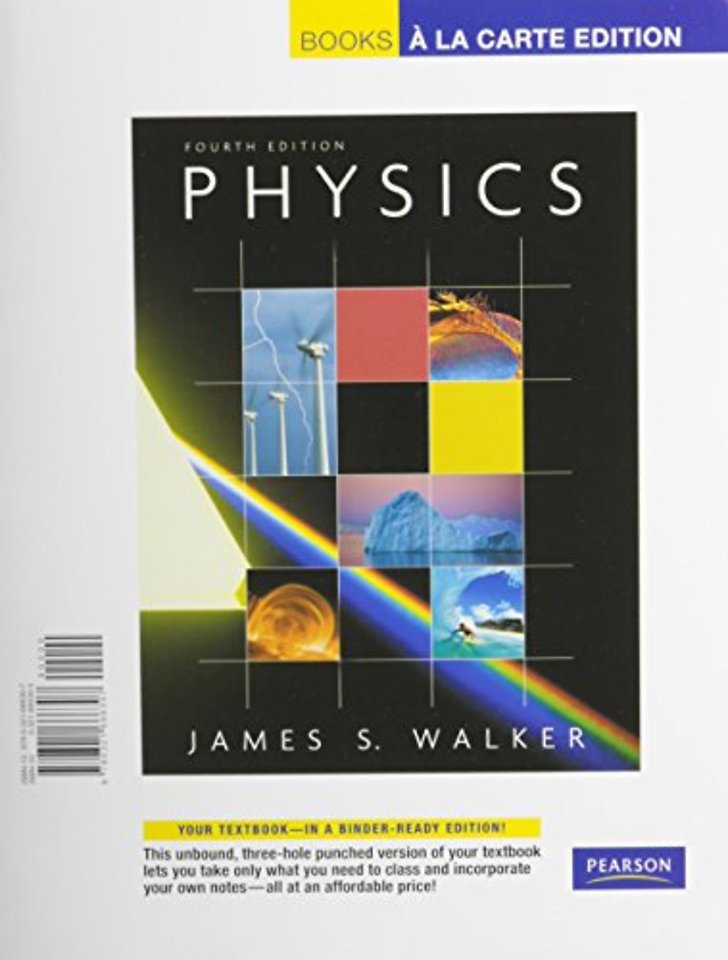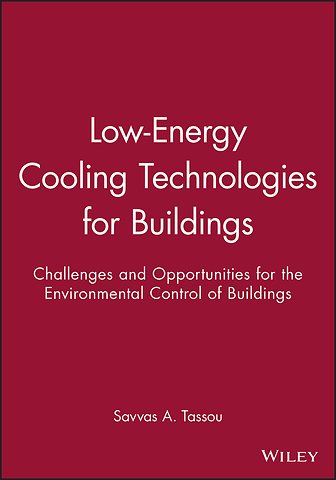Low–Energy Cooling Technologies for Buildings
Challenges and Opportunities for the Environmental Control of Buildings
Samenvatting
Increased environmental awareness and legislation have begun shifting the emphasis from high–energy cooling strategies, in which full air conditioning was considered essential, to low–energy "greener methods" of achieving equally comfortable conditions in building interiors. Cooling is a major use of energy in commercial buildings, making a significant contribution to the emission of greenhouse gases and to global warming.
The papers presented in this volume explore the current state–of–the–art developments in the application of latest technologies such as:
∗ Night ventilation for cooling
∗ Slab cooling
∗ Desiccant dehumidification and evaporative cooling
∗ Chiled ceilings with displacement ventilation
∗ Mixed–mode ventilation systems
∗ Case studies and building examples
Low Energy Cooling Technologies for Buildings also covers design and control requirements and the tools and techniques needed for the successful integration of these technologies into the building structure.
Specificaties
Inhoudsopgave
<p>Design tools for low energy cooling technologies (S. Law).</p>
<p>Night ventilation for cooling – field tests and design tools (M. Kolokotroni).</p>
<p>Slab coolingand the TermoDeck system (G. D. Braham).</p>
<p>Mixed–mode ventilation for buildings (W. Bordass and D Jaunzens).</p>
<p>Chilled ceilings and displacement ventilation – do they work? (F. Alamdari and D. Butler). </p>
<p>Positive temperature eutectic thermal energy storage systems (Z. Ure).</p>
<p>Design and contruction of low energy buildings – case studies (M. Long).</p>

